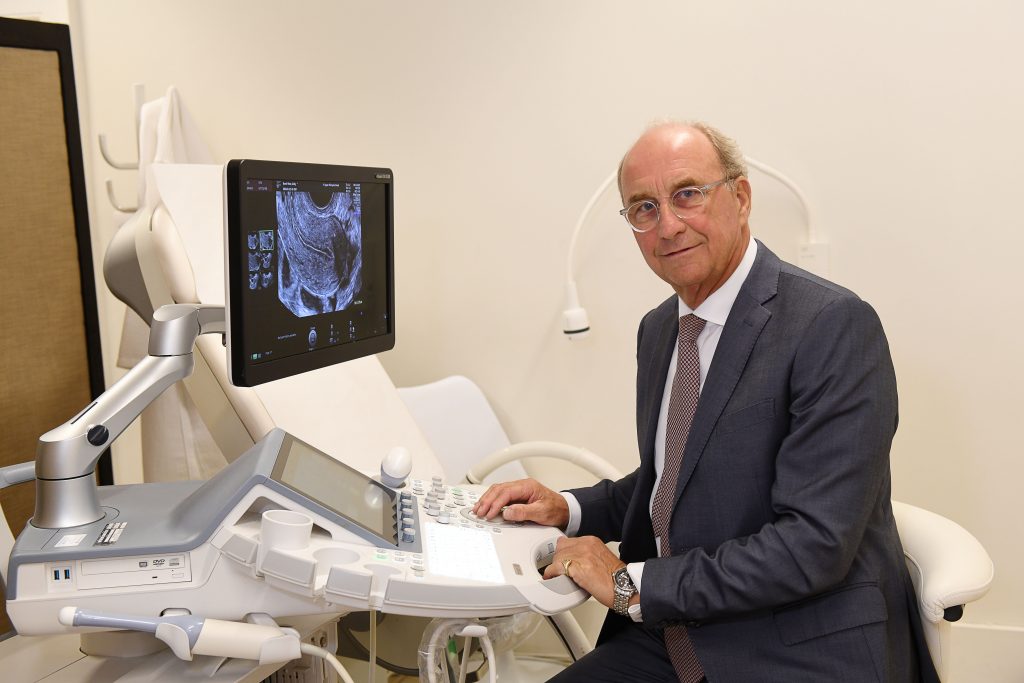Mr Lower is a leading expert in minimal access gynaecological surgery. He has been at the forefront of a number of major advances in this field of medicine during the last 30 years. He was the first UK surgeon to use the Diomed Surgical LASER in the early 1990s and still uses this with great effect today. He has been a member of the Council of the British Society of Gynaecological Endoscopy and contributed a number of articles to learned journals. He is recognised as one of the two top Asherman’s Syndrome surgeons in the UK. He has been a pioneer of laparoscopic myomectomy and was an early adopter of the V-Loc barbed wound closure device which avoids the need for tying surgical knots in these procedures.

Minimal access gynaecological surgery includes both laparoscopic surgery and hysteroscopic surgery. At laparoscopy, a telescope of 5 or 10mm in diameter is introduced through the umbilicus or belly button, after the abdominal cavity has been filled with carbon dioxide gas to create space in which to operate. Two or three smaller incisions are made along the bikini line through which instruments are introduced with which the surgery is performed. At hysteroscopy, a smaller telescope of between 2 and 4mm in diameter is introduced into the uterine cavity (the inside of the womb) through the cervix or neck of the womb avoiding the need for any incisions on the abdomen at all.
Recovery from minimal access surgery is usually much faster than recovery from open surgery, and most women will go home on the day of surgery. The absence of a large incision on the abdomen allows the patient to mobilise more quickly and so reduces the incidence of some complications such as post-operative chest infections, wound infections, hernias and thrombosis. This also means a woman can return to work and normal activities much more quickly.
The procedures for which Mr Lower is best recognised are complex operations on the uterus to improve the chance of conceiving or to relieve pain and heavy bleeding. These include laparoscopic myomectomy; laparoscopic repair of defective caesarean section scars; laparoscopic ovarian cystectomy; hysteroscopic surgery to treat intrauterine adhesions (Asherman’s syndrome); hysteroscopic resection of submucous fibroids and uterine septum. He also performs diagnostic hysteroscopy and laparoscopy to investigate the cause of a delay in conceiving, pelvic pain or excessive vaginal bleeding and offers a see-and-treat policy so that any pathology encountered is dealt with at the time of the initial diagnostic surgery.